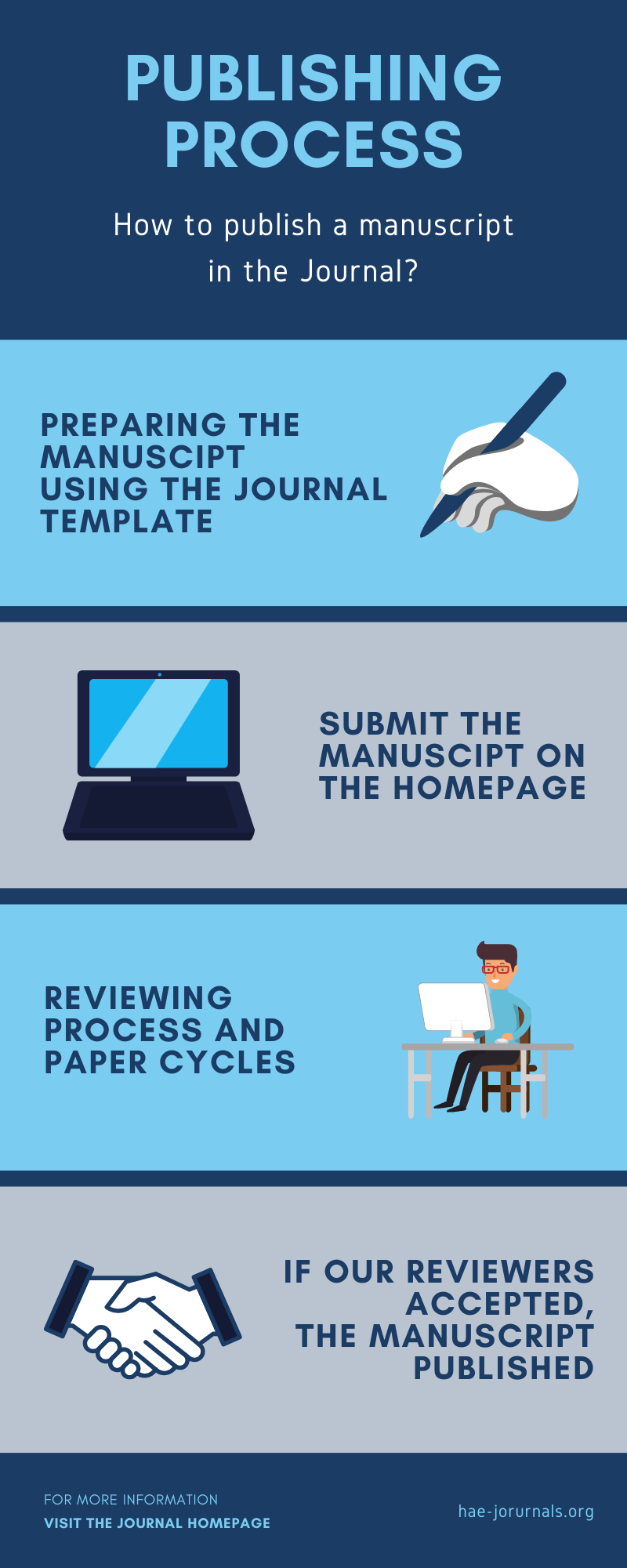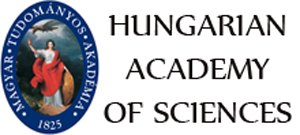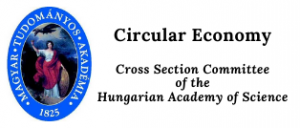New articles of HUNGARIAN AGRICULTURAL ENGINEERING
List of accepted articles to Issue No. 42/2023
1. RAPID DETECTION OF SOIL TEXTURE ATTRIBUTE BASED ON MID-INFRARED SPECTRAL LIBRARY IN SALT AFFECTED SOILS OF HUNGARY
Author(s):
M. A. MohammedZein, E. Micheli, B. Rotich, P. N. Justine, A. E. Eltayeb, H. Tharwat, A. Csorba
Abstract: Quantifying among others the soil’s physical properties is essential for the assessment of the diverse soil environmental functions including water balance of soils and pore structure, water erosion and various soil hydraulic properties. The mid-infrared (MIR) spectroscopy is a useful technique to predict soil attributes with high accuracy, efficiency and low cost. In this study, we examined the ability of our MIR soil spectral library in predicting the clay, silt, sand content of salt affected Hungarian soils. This research is part of a project to establish a MIR spectral library in the frame of the Hungarian Soil Information and Mentoring System (SIMS) survey. Salt affected soils type data was extracted from the spectral library then transformation of spectral reflectance values to absorbance values were performed. Moving average filtering method was applied to absorbance spectra before performing principal components analysis. To determine outlier samples and to select the proper samples for model calibration, Mahalanobis distance-based outlier detection method and Kennard-Stone Sampling selection method were applied on the principal component scores. Spectral and reference soil data were combined and split into training and testing datasets. MIR prediction models were built for sand, clay, and silt content using Partial Least Square Regression (PLSR) method. Coefficient determination, root mean square error and ratio performance to deviation were used to assess the models performance. The prediction accuracies of calibration sets for soil physical texture were excellent while the validation results were slightly lower but still with a good level of prediction.
Keywords: Kennard-Stone sampling, partial least square, Soil Information Monitoring System, Diffuse Reflectance Infrared Fourier Transform
2. PRODUCTION AND PRODUCTION-INCREASING FACTORS OF BIOCHAR
Author(s):
V. Madár, A. Betovics, L. Tóth
Abstract: In the article, we deal with biochar-related research and our own developments. Studies in the literature show that biochar can be used as a soil conditioner in agriculture and horticulture. It improves many physical, chemical, and biological properties of the soil and substrate. It increases the water retention capacity while reducing the leaching of nutrients. Through these, you can improve the profit of producers, the sustainability of production, and the efficiency of fertiliser use. By increasing water retention, biochar can reduce irrigation needs and enable production on limited water resources. The developed and presented equipment was called the resting bed (fixed bed) version. Drying and carbonization are also carried out by direct heat transfer. The material, with a temperature equalised by moving drying and a homogeneous composition, enters the reactor. The high-temperature gas and air mixture is introduced into the dryer by a gas jet pump. The energy obtained by burning the pyrolysis gases produced during carbonization ensures the heating of the system, so there is no need for significant external energy input. Due to the structure of the system, the PAH content of the final product is low.
Keywords: biochar, effect of biochar on soils, production of biochar
3. AGRICULTURAL APPLICATIONS OF THE DISCRETE ELEMENT METHOD
Author(s):
J. Huang, I. Keppler
Abstract: The global population has been steadily increasing, putting pressure on available resources, including agricultural land. The decrease of available agricultural land has made it difficult to sustainably produce enough food to feed the growing population. Global warming and water issues have also made it challenging to grow crops, with changing weather patterns and water scarcity affecting yields. To address these challenges, there is a need to modernize agricultural technologies. One of the available possibilities is the improvement of post-harvest technologies. By gaining more knowledge on the mechanical behavior of particulate materials using discrete element modeling, it may be possible to optimize post-harvest technologies for food processing and storage. This could lead to improvements in the quality and safety of food products while reducing waste and increasing efficiency. This paper reviews the key literature concerned with the agricultural applications and DEM parameters calibration of agricultural particles, which generally are corn, rice, wheat, soybean, sunflower seed and soil particles.
Keywords: agricultural particles, discrete element method, calibration
Author(s):
L. Magó, I. Seres, P. Víg, G. Bércesi, K. Szalay, J. Deákvari, P. Gárdonyi, Z. Kurják
Abstract: In this paper, we present the research results related to the project “Development and implementation of a scalable co-generation power plant solution integrating solar energy and biomass utilisation”. Our objective is to develop an integrated solution in the field of local renewable and sustainable energy production, storage and use, where solar energy collected by PV/T collector, hydrogen and oxygen gas production by water decomposition, and biogas production by biomass utilisation are integrated into an innovative process, in different scales (scalable), to produce a compact device, which stores solar energy in the form of combustible gas in a container. Our research team members are working on different areas of tasks to achieve this goal. This article reviews the results of the first phase of this work, which involved a literature review and a groundwork.
Keywords: solar panel, solar collector, water purification, biogas components, gas mixture
Author(s):
R. Ghabour, Y. Amer, P. Korzenszky
Abstract: Governments worldwide are attempting to minimise CO2 emissions, and solar energy storage remains the most difficult problem to tackle in the current climate. Typically, domestic hot water is mainly used for heat process services in colder climates when the tank loss is significant. Any design modification can result in a higher solar yield. Since water is a perfect medium for heat storage, this article will examine different Solar Domestic Hot Water (SDHW) systems in cold climates such as Central Europe and hot and dry climates such as the Middle East (Syria). Linear modelling was conducted using R script software using coded values to define the optimal value using the response surface method (RSM). The programming phase uses the least-squares approach to provide a general rationale for the line’s best-match position among the data points under consideration. For each variable, the coded values range from [-1, +1]. The number of experiments is determined by the formula 2k, where k is the variable number. Since each variable has two possible values [-1, +1], the total number of experiments was 23= 8. In addition to these experiments, we performed one more experiment for defining second-degree non-linear coefficients. The second-degree factors were checked to evaluate the non-linearity of the system. The experimental work was done in the laboratory; an insulated water tank filled with 5 litres of water was used. A capsulated PCM soy wax 68℃ test was conducted. For the charging phase, the response surface approach with non-linear correlation was used to determine the optimal number of samples and PCM quantity at two temperature levels. The results of temperature, sample numbers, and wax quantity demonstrate a 0.22, 2.3, and -1.12 first-degree magnitude effect, respectively. In addition, each two-factor interaction contour plot is depicted.
Keywords: solar tank; PCM material; thermal storage; linear modelling; R-script
6. AN EXPERIMENTAL INVESTIGATION ON THE EFFECT OF INNER RACE DEFECT ON ROLLING ELEMENT BEARINGS
Author(s):
M. Albdery, I. Szabó
Abstract: This article investigates the detection and monitoring of bearing defects in rotating machinery using vibration analysis techniques. The study employs a specially designed test bench set up at the Institute of Technology, Hungarian University of Agriculture and Life Sciences. The test bench incorporates an asynchronous motor and uses the SKF 1209 EKTN9 bearing model for analysis. Vibration data are captured using the SKF Microlog device equipped with accelerometer sensors. The study emphasizes the importance of early detection to prevent costly breakdowns and enhance operational efficiency. Experimental investigations reveal that as Inner Race Defects (IRD) severity increases, the vibration amplitude also rises, indicating a direct relationship between IRD severity, bearing damage, and vibration characteristics. The results demonstrate that higher IRD severity levels and rotation speeds increase vibration amplitude, providing valuable insights for predictive maintenance models. Vibration measurement techniques, such as analysing the vibration amplitude using gE True peak values, are explored as reliable methods for assessing the health status of rolling element bearings. Experimental investigations examined the effect of inner race defects (IRD) on bearing vibration. The results demonstrated a direct relationship between IRD severity, bearing damage, and vibration characteristics, with higher severity and rotation speeds leading to increased vibration amplitudes.
Keywords: Inner race defect; Rolling element bearings; Bearing defects; Fault detection; Vibration measurement
7. ENERGY STUDY OF A SOLAR ASSISTED HEAT PUMP (SAHP)
Author(s):
L. Herzallah, P. Hermanucz
Abstract: By synergizing solar energy with heat pump technology, this solution represents a stride toward a greener and more sustainable future, reducing reliance on non-renewable energies and promoting cleaner air and a less carbon footprint, simply by using the Solar Assisted Heat Pump (SAHP). In this article, we’ll investigate an energy study of a SAHP aiming for further sustainable heating applications, our investigation centres on the system’s efficiency and potential energy losses under various conditions: when operating with a single compressor versus two, and comparing the impact of insulation versus its absence, to pinpoint areas for potential system enhancements. Utilizing CoolPack software, we conduct theoretical calculations of the Coefficient Of Performance (COP), aligning our findings with experimental measurements. The results show the importance of the insulation in reducing the losses within the system, we were able to conserve 90 W of heat power when the system was running with one compressor, and about 429 W when both compressors were in operation.
Keywords: SAHP, heat pump, system efficiency, insulation, compressor(s), energy loss, CoolPack software
Author(s):
Name(s)
Abstract: Text
Keywords: Text
Author(s):
Name(s)
Abstract: Text
Keywords: Text
Author(s):
Name(s)
Abstract: Text
Keywords: Text
Author(s):
Name(s)
Abstract: Text
Keywords: Text
Author(s):
Name(s)
Abstract: Text
Keywords: Text










